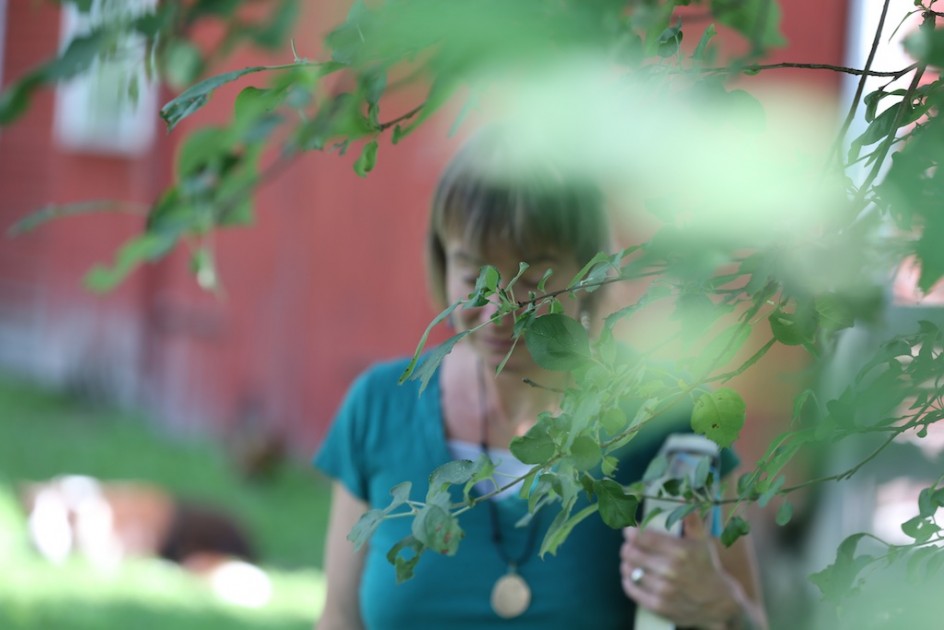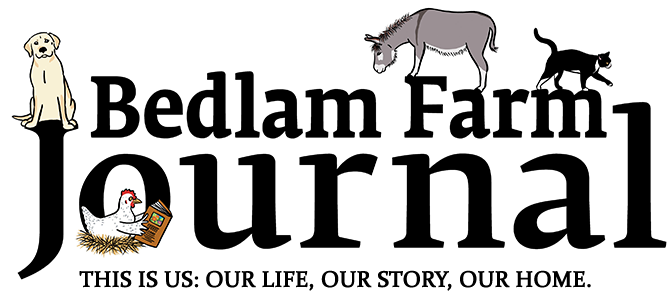
For the past couple of weeks, much of the talk in our household has been about “Women Who Run With The Wolves: Myths and Stories of the Wild Woman Achetype,” a book by Clarissa Pinkola Estes. Maria has been reading the book for the second time and living it also, and sharing some passages with me, I have been loving it too, devouring the book in bits and pieces, writing about it from time to time.
Maria is drawn to the wild woman archetype, we often talk about it in various ways.
This morning, as we got up, Maria told me about Estes chapter called”The Dual Nature Of Women,” a subject close to my heart, and to hers. “Anyone close to a wildish woman,” writes Estes, “is in fact in the presence of two woman; an outer being and an interior criatura, one who lives in the topside world, one who lives in the world not so easily seeable. The outer being lives by the light of day and is easily observed. She is often pragmatic, acculturated and very human. The criatura, however, often travels to the surface from very far away, often appearing and then as quickly disappearing, yet always leaving behind a feeling: something surprising, original, and knowing.”
This is my life, my wife, my own sense of the woman I have known and loved in my life. And my own sense of myself.
Estes relates a story about a man called Manawee, the kind of man she says women should seek to marry. His story, she says, contains all the essential facts for being close to the wildish woman. Mannawee, though his faithful dog, guesses the two names, the two natures of the feminine. He cannot win unless he solves the mystery. And he must use his own instinctual self – the dog-self, she calls it – to win over the woman he loves.
The point of the story is that the loving man – the man one would marry – must know the two sides of woman, the feminine and the wild side. They exist within him as well, they are, he finds that he and his wife are both alike. I know many men and woman who say they do not feel truly known and recognized by their partners and spouses, it is a painful thing to not be seen or known by the person you live with.
Understanding this dual nature in women, Estes writes, sometimes causes men, and even women themselves, to close their eyes and “hail heaven for help.” The paradox of the true and twin nature of women, Estes says, is that when one side is more cool in feeling and tone, the other side is hotter and more emotional. When one side is more lingering and rich in the context of a relationship, the other may be more distant and glacial. One may be sunny, the other bittersweet and wistful.
The surprise may be, I think, that men are the same. I have more than two sides, at least one can be very emotional, the other cold and guarded.
I love this chapter, and am drawn to the ideas expressed in it. I have always seen women in that way, especially my wife. Estes describes women like Maria beautifully. She lives in twin worlds, the world of the inner and the outer self. Unquestionably, a wild woman, long tied up and closeted, has emerged, there is an inner and outer self. There is the artist and the person afraid to express herself, the woman in nature, the woman of the home. I often describe her as a wild woman, that is what I think she is.
I always saw the wildish woman in her, from the very first, even though it was deeply hidden and protected. It was, for some time, the only part of her that I really knew. A part of her lives on the surface, a part of her is unseeable and unknowable.
When Maria is working or focused – or reading or in the woods – she can be so remote as to almost disappear, the rest of the world does not exist when she is in her studio, a wild woman throwing fabric up into the air and putting it together in a new farm. When she is hot, her emotions boil up to the surface, and she can talk to donkeys and ponies, burst into tears at the sight of a rabbit in the road, piece together a beautiful quilt in hours
I never really saw only the broken and hidden self in her, I always saw the wild woman as well, and perhaps more often and more clearly. I knew there were at least two parts. Maria also saw the spirit inside of me that wanted to come out and be free, my own hidden self. Our relationship is really about knowing one another. When we met, we recognized ourselves in one another.
I believe it is true that men like me cannot really know a woman if he does not see the twin sides of her, and partly through my faithful dog-self and hers, we saw through all of the screens and blocks and hiding places into the true soul of one another. The thing about the dog is this, the man must use his instincts and intuition, he must follow his senses, just like a dog. He cannot only use his head.
This is what it means to be a soul-mate. I love the two natures of the feminine, I know so many men who want women to be one thing or the other, or are frightened by the transition from one to the other. But we cannot love women if we do not know them, they cannot love us if they are not known. It is not ever for me to tell Maria how to feel or what to do, or how to be. It is for me to see clearly the dual nature of women, and to celebrate both.
Some days, I have often told Maria, I am not sure which one I will find in the morning, the Maria who might dash off to the woods with her dog pulling crystals out the ground that nobody sees, or the Maria who suddenly decides that she has lot her gift of art and will never produce good work again. She might say the same of me, I suspect, someone who is free to express his emotions in words, but not always in life.
One part of her lives in the topside world, one who lives in the mystical place, unreachable and invisible to me. I think it is true that women can be a mystery to men, I think it is also true that this is a mystery that can be solved, if we have the will. And maybe the right dog to show us how to follow our instincts.
